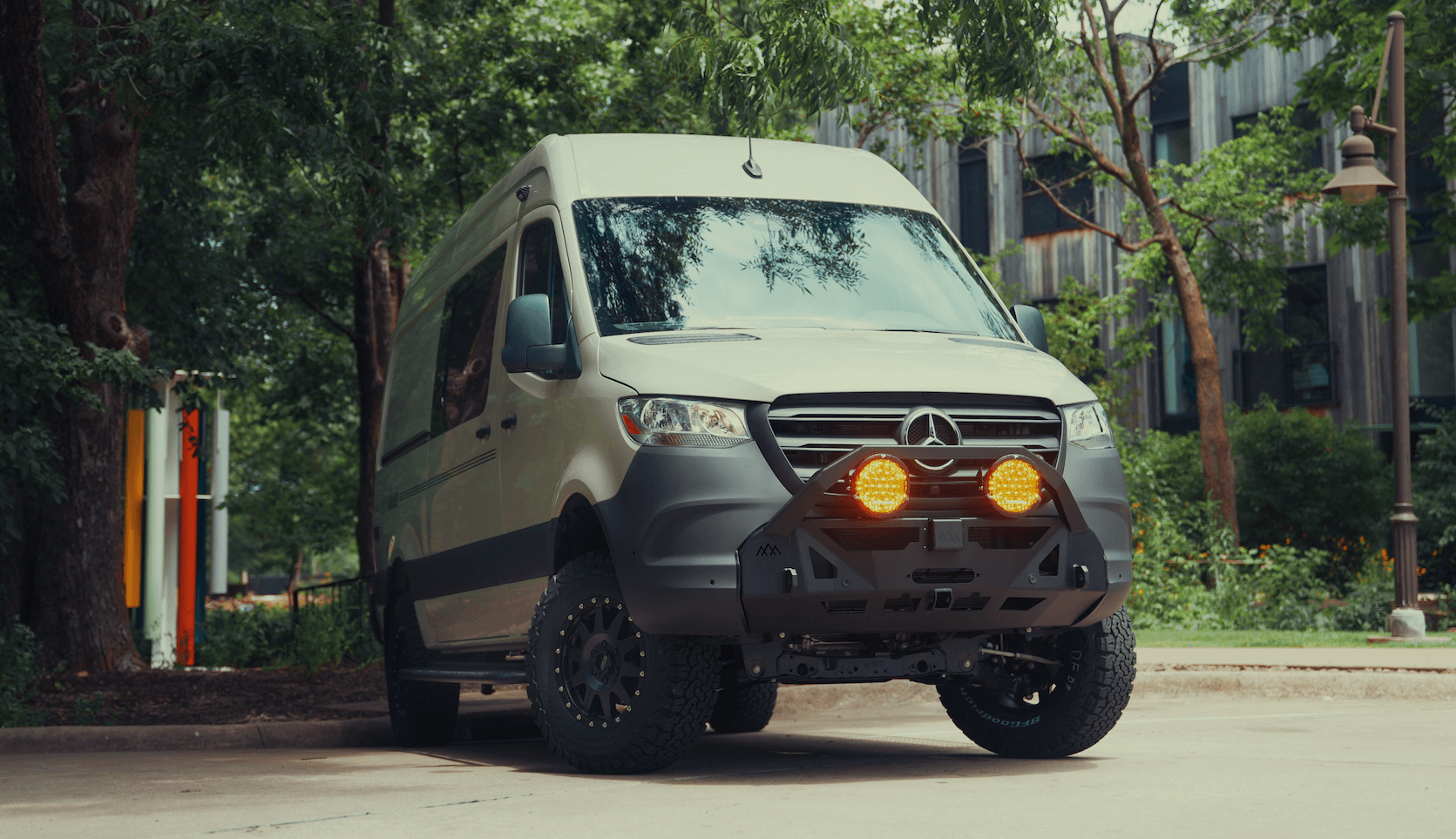Recreational Vans

Designing family of four bunk layouts is a puzzle of inches, airflow, and traffic patterns. The goal is simple on paper. Four safe sleeping surfaces that do not choke the aisle or bury storage. In practice, the best plans blend fixed bunks and flexible conversions so the cabin stays livable from dawn to lights out.
Start by mapping who sleeps where. Kids usually take elevated bunks while adults sleep on a lower platform or a convertible bed. This reduces ladder traffic at night and keeps the heaviest sleepers lower in the vehicle for stability. Choose transverse or longitudinal sleeping based on interior width. A transverse adult bed needs roughly 72 inches in length which often requires window flares in a van. Longitudinal sleeping uses the full vehicle length and works when width is limited. For bunks, many families place kids transverse and parents longitudinal on a platform or convertible bed.
Transverse bunks save length and free space for a galley or storage. They work best where the interior width is generous or flares extend the side walls. Longitudinal bunks take more length but suit taller teens and allow feet to tuck into cabinetry recesses. A hybrid layout places transverse kids bunks over a longitudinal parent platform, leaving a clear central aisle.
Fixed bunks are safer and faster at bedtime. They also allow dedicated storage below. Convertible dinettes add daytime seating and let the cabin breathe, but nightly setup adds routine. A balanced plan uses one fixed layer and one conversion so the space adapts to rain days and road days.
Several proven patterns repeat across well tuned family rigs. The right choice depends on travel style, gear load, and how often you move camp.
Place two bunks on the passenger side with a small offset ladder or integrated steps. Offset the upper bunk a few inches rearward to open headroom for the lower bunk. Opposite the bunks, use a parent platform bed across the rear with storage below for bikes or totes. This keeps night traffic on one side and preserves an open aisle.
Wrapping a bunk around a back corner creates a cozy head cavity and protects sleepers from the aisle. An L shaped pair can share a single guardrail segment and a compact ladder. This layout pairs well with a convertible sofa bed opposite the galley, giving daytime seating without blocking the bunks.
A forward dinette that converts to a lower berth plus a pull out trundle can sleep two kids without tall upper bunks. A rear queen platform then suits parents. This plan helps families who prefer less climbing or who travel with younger children that need easier access and higher guardrail coverage.
For gear heavy trips, mount the parent bed high enough to clear bikes or totes on slides. Mid cabin transverse bunks then tuck above the wheel wells. Add soft curtains and separate reading lights so early sleepers get a quiet nook while the galley stays usable.
Sleep systems must remain secure at highway speeds and quiet on rough roads. Materials and attachment methods matter as much as layout geometry.
Under bunk drawers handle soft goods and keep weight low. Slide out trays for bikes or totes use the full depth of the rear. Overhead cabinets should remain shallow above bunks to protect headroom. Use soft nets and fabric bins near the upper bunk to store books and small items at arm’s reach without sharp corners.
As kids grow, bunk length and weight capacity become more critical. If teens are tall, shift to longitudinal bunks or expand the lower berth width. If a pet travels with you, reserve floor space near the galley instead of squeezing the aisle. Families who cook inside more often benefit from a convertible dinette, while trail focused trips lean toward fixed bunks and a simplified galley.
Marine grade plywood with sealed edges, aluminum framing, and padded contact points minimize squeaks. Use mechanical fasteners and structural mounts tied to factory hard points. Rounded corners, soft close hardware, and durable laminates keep surfaces kid friendly and easy to clean.
You now have the essentials to decide how four sleepers can fit without sacrificing daily livability. Translating these measurements and safety details into a quiet, durable build takes careful planning, fabrication, and testing. That is where a professional build team pays off. At OZK Customs, we design and build family forward sleeping layouts inside adventure vans, overland rigs, and towables. Our crew focuses on safe guardrails, quiet ventilation, and smart storage under every berth. From stacked bunks to L shaped corners or convertible dinettes, we shape the space to your travel rhythm and gear list. When your family is ready to sleep well and move fast, we are ready to build.
Ready to fit four sleepers without compromise. Our team designs and builds family focused bunk layouts with safe rails, quiet ventilation, smart storage, and durable finishes. Tell us how you travel and we will craft a turn key solution that sleeps four comfortably. Start your build plan now.
ADDRESS:
6159 E Huntsville Rd, Fayetteville, AR 72701
PHONE:
(479) 326-9200
EMAIL:
info@ozkvans.com